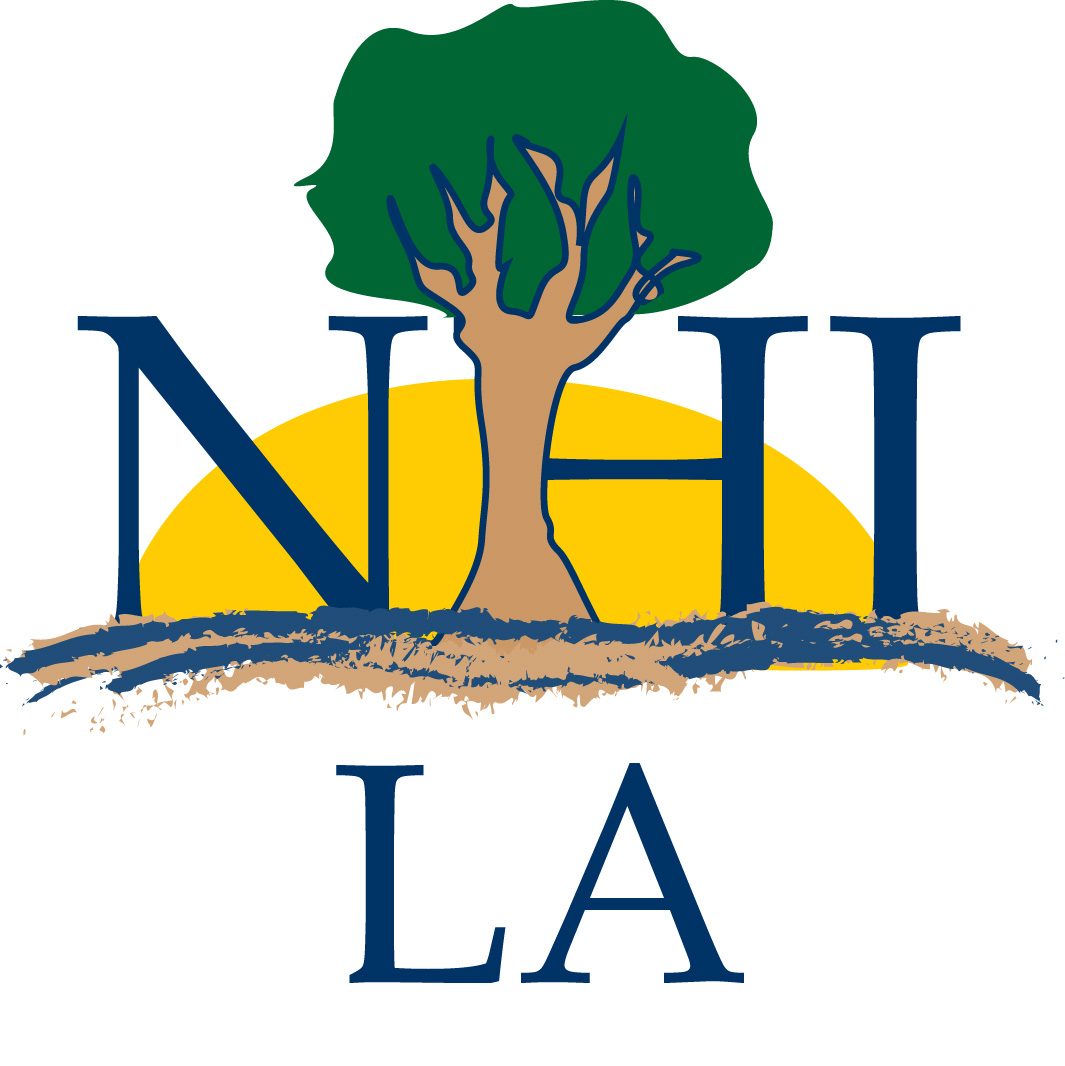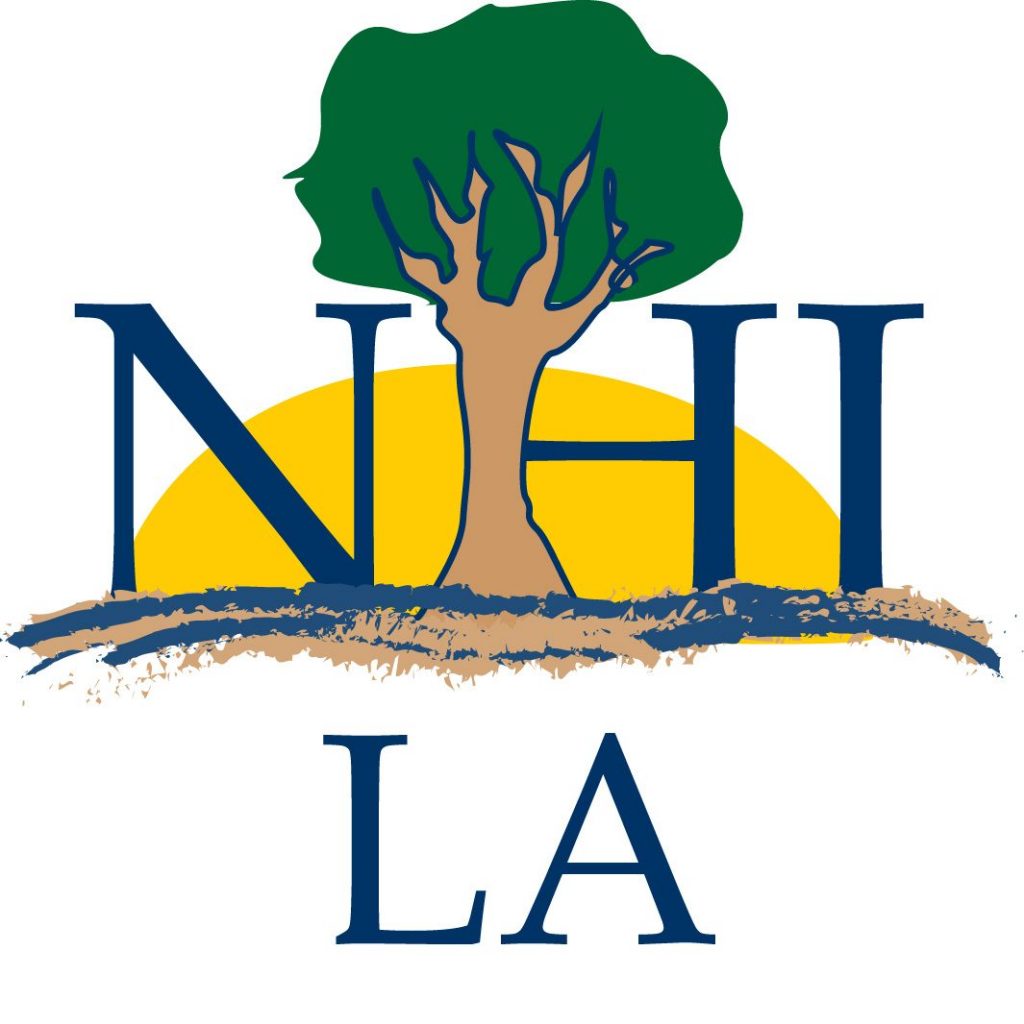
The Summer Bridge Program will be housed within NHI-LA. The goal of the learning environment of SBP is to offer a smooth high school to college transition, provide an assessment and evaluation acceptance process and furnish a learner profile containing up-to-date accommodations and resource requirements for each student. The new normal caused by Covid 19, flexibility, comfort, safety, and security, are the five elements that will go into the design of learning and training environments for the Summer Bridge Program (SBP) and all of NHI-LA.
HNI-LA will use a Human-Centered design to address these concerns by considering the user’s needs, making it feasible for the area to reinforce the transformation of learning. The Human-Centered guidelines provide designing principles for the students and the administrators, staff, course instructors, and volunteers to enrich learning and teaching. Some examples are:
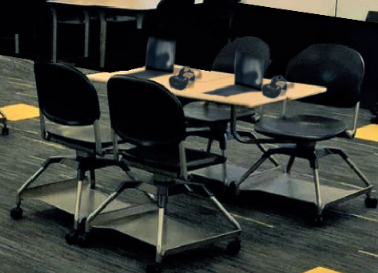
Adjustable tables and chairs and lounge furniture such as pillow chairs will be available in all classrooms, including the open areas along the hallways and other environments. Easy and open access in and out of all environments for wheelchairs, and equipment moving. As for the building’s construction, installing elevators, ramps, and appropriate signage, and redundant, both visual and aural cues.
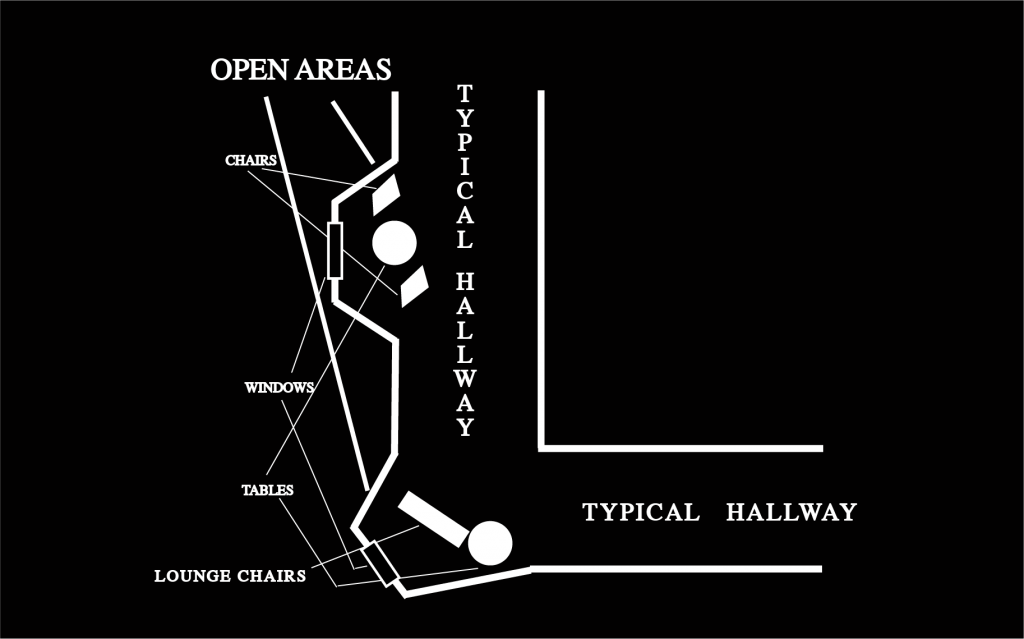
Lighting: Indirect and natural lighting with controls such as dimmers will be our main lighting source in all areas. Various other lightings like wall and sectional lumination will also be used. Ergonomics: Learners must have the ability to gain a sense of control over the environment.
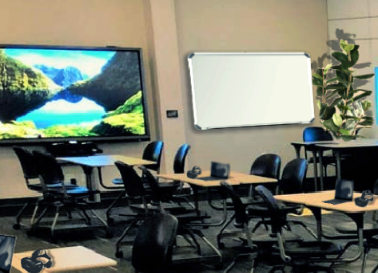
Sensory cues: Multisensory experiences such as painting each room a different color and sound control stress. Refuges and private spaces: Areas with seated-height walls, moveable TV and plants, and carved-out areas for quiet study. Flexibility: Transformable areas that are adaptable to various learning and teaching environments.
The Typologies within the Learning Environment of SBP
The human-centered environment will be a physical synchronous learning environment with an asynchronous component. The asynchronous portion will address learners that can not attend any stage of SBP. Learners can view the recording or read the transcripts with the recording on the SBP website. Because of this learner population’s resource needs and vulnerability, SBP will be a closed learning environment to protect the assessments, evaluations, IEP information, and other privacy and cyber issues. The asynchronous portion will address learners that can not attend any stage of SBP. Learners can view the recording or read the transcripts with the recording on the SBP website. Because of this learner population’s resource needs and vulnerability, SBP will be a closed learning environment to protect the assessments, evaluations, IEP information, and other privacy and cyber issues.
Virtual Curated Resources
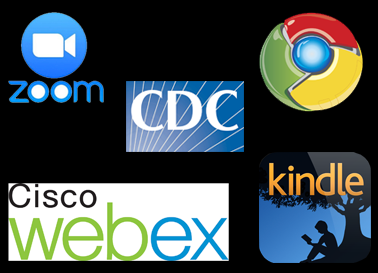
- Zoom Video Communications, Inc. for parents, students, and instructors
- Cisco Webex for conference meetings and AR and VR projects
- Kindle for online textbooks
- Google Classroom for academic instruction and administration
- Google Chromebooks and its online platform for course instructors
- CDC online information center for health and safety
